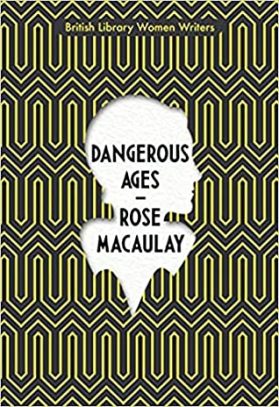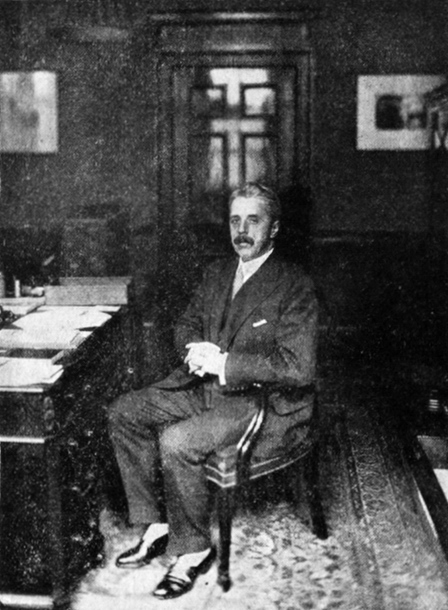I have a whole pile of books I’ve read recently, but quite a lot of them are ones I don’t feel inspired to write whole posts about. Not least because my memory for what happens in books seems to be getting even worse in the pandemic. But you know what’s a god solution to that? Mini reviews! So, here are three books I’ve read recently…
Family Album by Antonia Ridge
This was a recommendation from Michelle, a reader of Stuck in a Book. It’s from the 1950s, about a middle-aged woman called Dorothy Durand who decides to go to France to track down the Durand family to whom she is related. It’s gentle and fun, and she tears about France to track down relatives like nobody’s business. My only reservation is that there’s a lot of exposition and history at the beginning, and it isn’t (for me) until she gets to France that the book really gets going. Sweet and jolly, and an undercurrent of well-drawn human emotion. And, for once, I didn’t mind stories of people travelling around a foreign country – perhaps because she was motivated by an emotional quest, rather than by describing the scenery.
The Birds of the Air by Alice Thomas Ellis
Reading an Alice Thomas Ellis novel (bearing in mind this is only my second) is like reading a Muriel Spark only I have no idea what’s going on. An eccentric family come together for a Christmas meal, with all sorts of antipathies and painful memories and barbed comments. Maybe I need to concentrate more, but I did rather lose the handle of who everyone was and how they related and what was happening. But the writing is sharp and funny and occasionally jolting.
Turnabout by Thorne Smith
I had high hopes, discovering Smith and his propensity for fantastic plots (my jam). This is a body swap comedy from the 1930s, where a warring husband and wife find that a small Egyptian statue has made them swap bodies to teach them a lesson. It’s totally bonkers. It’s a farce, really, with very unlikely scenarios and heightened arguments comings off the back of this already unlikely event. And – as so often seems to happen in books or films where people have experienced bizarre miracles – Mr and Mrs Willows often forget that they are in the incorrect body. It seems the sort of thing that wouldn’t slip one’s mind. I think I prefer this sort of fantastic book where it’s the only wild thing that happens, and then people respond as one might in the circumstances. Nobody has ever behaved like the people in this book, and it was fun to read but might be more fun as a cartoon.




 I intend to write about each of the British Library Women Writers titles as they come out, though I’m already a bit behind because the brilliant Father by Elizabeth von Arnim is also out now!
I intend to write about each of the British Library Women Writers titles as they come out, though I’m already a bit behind because the brilliant Father by Elizabeth von Arnim is also out now!

 I’ve recently read two books by Arnold Bennett about being an author, both published in 1903 – one fiction and one non-fiction. He’s one of those authors who was ubiquitous during his lifetime, and now only seems to be remembered fleetingly for a couple examples of his prolific output. Neither The Truth About An Author nor A Great Man are in that number, as far as I’m aware.
I’ve recently read two books by Arnold Bennett about being an author, both published in 1903 – one fiction and one non-fiction. He’s one of those authors who was ubiquitous during his lifetime, and now only seems to be remembered fleetingly for a couple examples of his prolific output. Neither The Truth About An Author nor A Great Man are in that number, as far as I’m aware.

